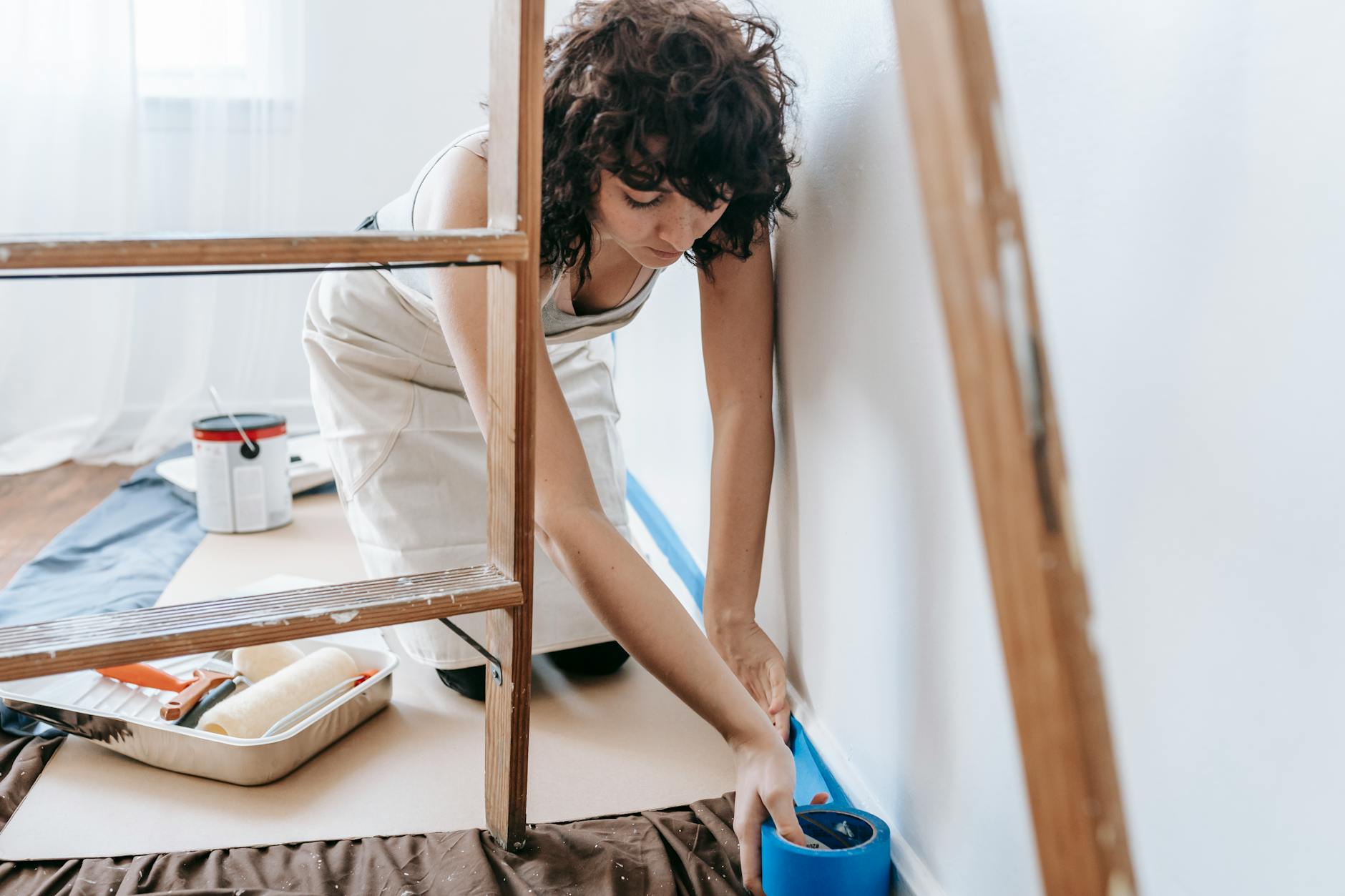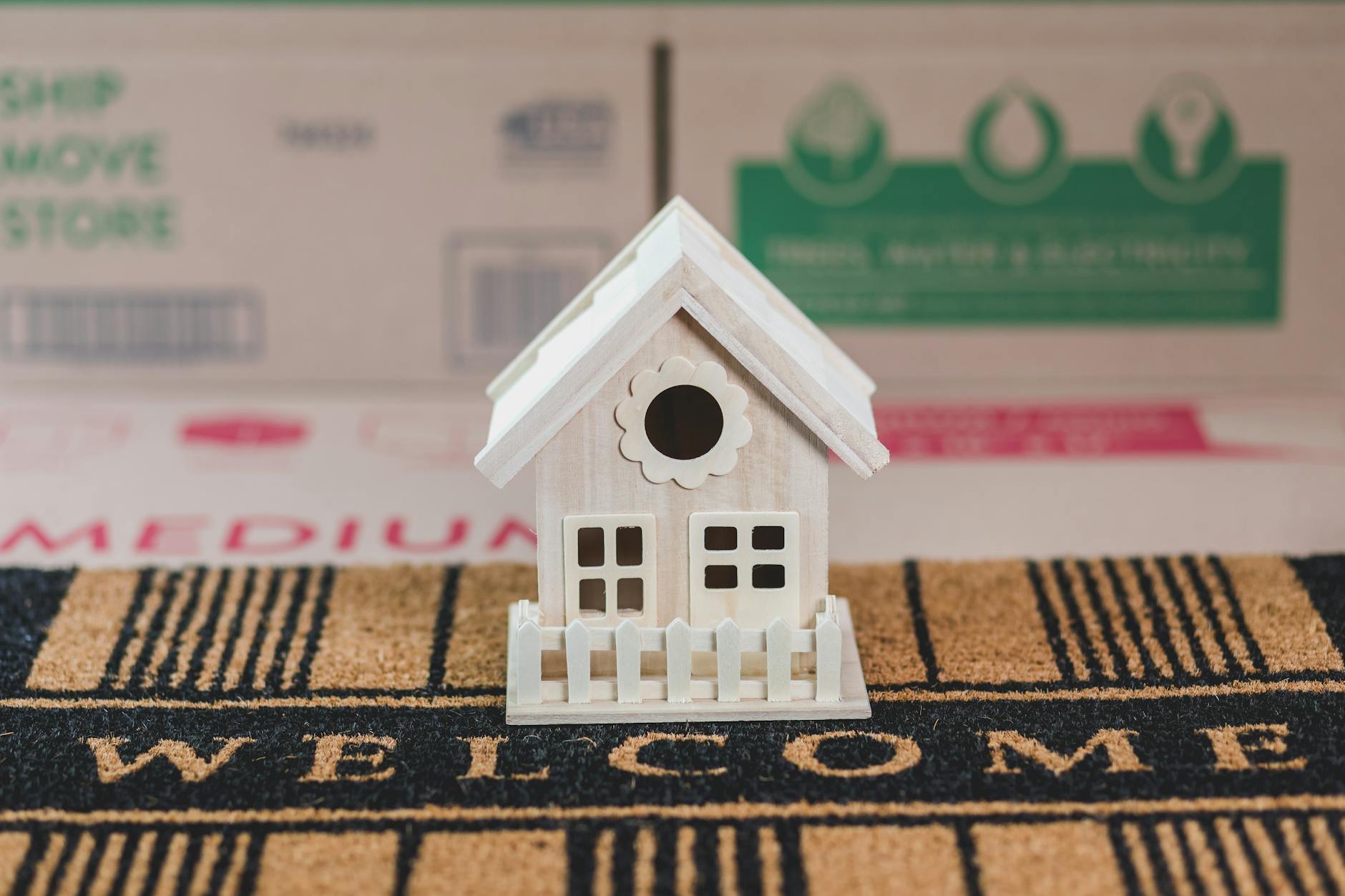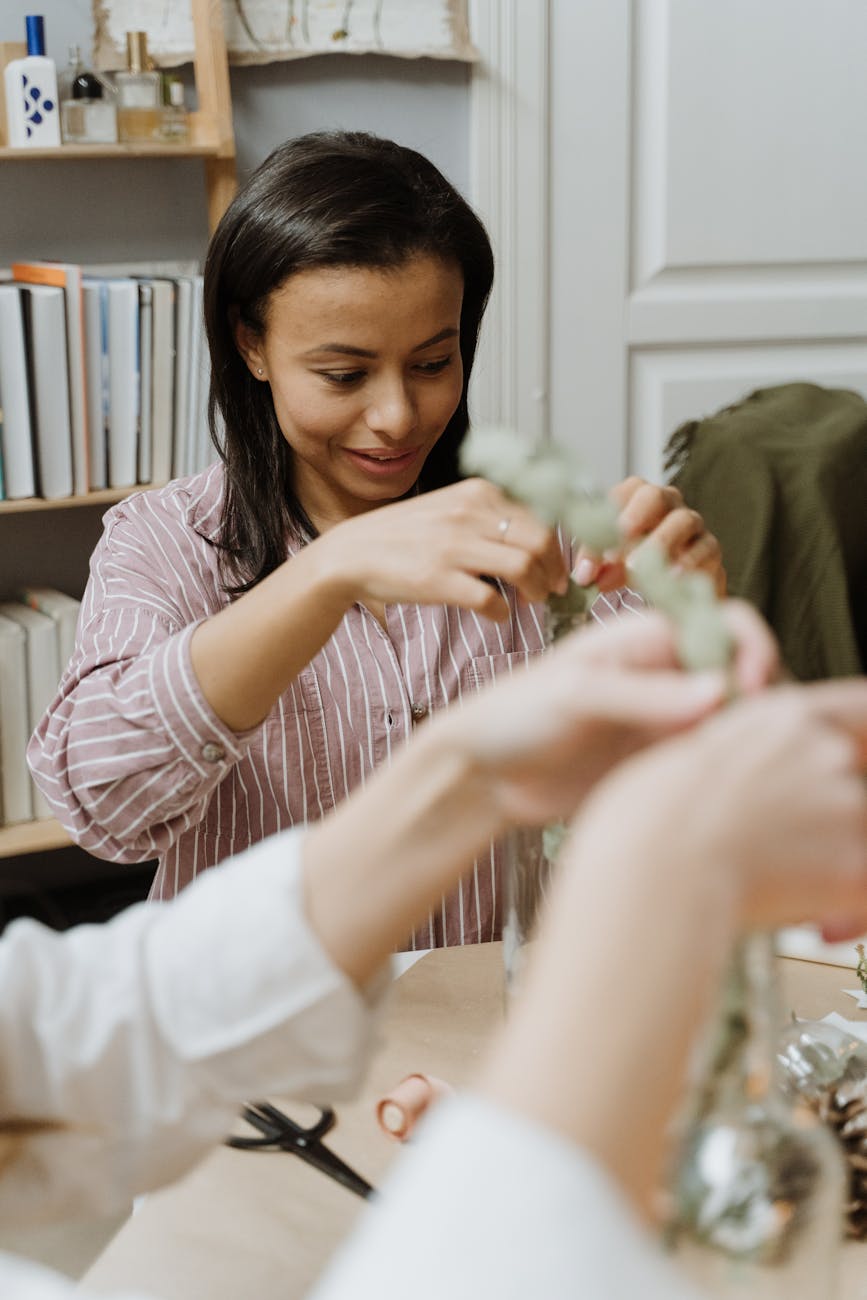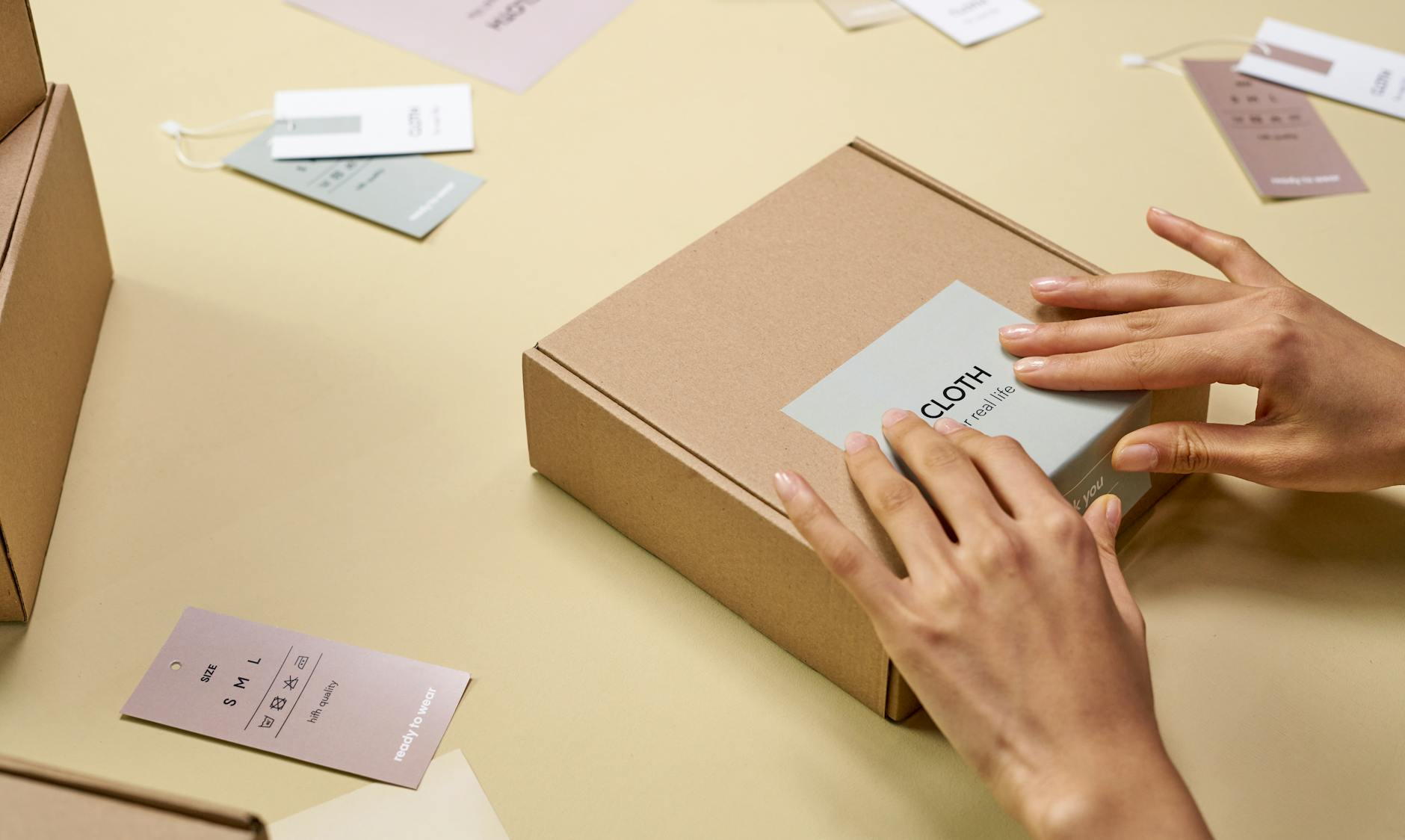Upcycled and affordable DIY decor projects that add personality to any space
Introduction
Upcycling turns overlooked items into telling accents, letting you decorate with character without overspending. This article explores practical, wallet-friendly DIY projects that reuse materials, teach easy techniques, and help you create a home that feels uniquely yours. You will find room-specific ideas, step-by-step methods, and tips to personalize each piece so it reads like an intentional find instead of something cobbled together. Along the way, we cover tools, safety, sourcing free or cheap materials, and simple styling strategies to integrate upcycled pieces into a cohesive scheme. Whether you are a beginner or have a few projects under your belt, these approachable projects will save money, reduce waste, and give every room a curated, one-of-a-kind look.
Why upcycling matters for style and budget
Upcycling is both aesthetic and practical. Reusing items reduces waste and carbon impact while giving you original decor that tells a story. Economically, a handful of common supplies like paint, brushes, adhesive, and sandpaper will transform thrift store finds into statement pieces for a fraction of retail cost. Creatively, constraints often lead to more memorable results because you work with unique shapes, textures, and patinas that mass-produced items cannot match.
- Environmental benefit: Keep usable materials out of landfill and lower your footprint.
- Cost savings: Most projects cost under $30 when sourced carefully.
- Unique design: Upcycled pieces act as focal points and conversation starters.
Practical upcycled projects by room
Workroom to room, choose projects that solve a need while adding personality. Below are tested ideas with quick process notes and customization hints so you can tailor each to your style.
- Living room: pallet coffee table
Repurpose a pallet or salvaged wood into a low table. Clean, sand, reinforce with brackets, then stain or paint. Add caster wheels for mobility. Customize with stenciled patterns, a glass top, or inlaid tiles for contrast.
- Bedroom: sweater pillow covers
Old wool sweaters make warm, textured pillow covers. Cut to size, sew three sides, stuff a cushion, then close with a hidden stitch or zipper. Embellish with patches or embroidery to echo your palette.
- Kitchen: mason jar herb station
Mount a wooden board, screw jar lids to the underside, then screw jars into the lids for mounted herb planters. Paint lids or tag jars with chalkboard paint for labeling.
- Bathroom: tin-can pendant lights
Clean and punch patterns into tin cans, paint inside with reflective color, and wire with simple pendant fittings. These make a small area feel bespoke and warm.
- Entry or hallway: wine cork bulletin board
Glue wine corks into a frame to create a textured pin board. Finish with a coat of varnish for durability. Use for keys, notes, or as a backdrop for seasonal pins.
Techniques, materials and a quick project guide
Some basic techniques apply across projects and speed the process while increasing durability. Mastering these will let you confidently adapt ideas.
- Surface prep: Clean, degrease, and sand. Good prep ensures paint and finishes adhere and last.
- Paint and finish: Chalk paint for minimal prep, latex for furniture, and sealed wax or poly for protection. Use spray paint for even coverage on metal and small parts.
- Joining and reinforcement: Wood glue plus screws or brackets avoids wobble. For fabric, backstitching and fray-check extend life.
- Safety first: Wear masks when sanding old finishes, gloves when using solvents, and ensure proper ventilation with spray paints or varnishes.
Project cost and time overview
| Project | Typical cost | Estimated time | Skill level |
|---|---|---|---|
| Pallet coffee table | $10–$40 | 3–6 hours | Beginner to intermediate |
| Sweater pillow covers | $0–$15 | 1–2 hours | Beginner |
| Mason jar herb station | $5–$20 | 30–90 minutes | Beginner |
| Tin-can pendant lights | $10–$30 | 1–3 hours | Intermediate |
| Wine cork bulletin board | $0–$10 | 1–2 hours | Beginner |
Personalization, styling and SEO-friendly display
Once a piece is built, styling elevates it from craft to curated. Pull color from existing textiles, layer textures, and repeat small motifs to tie a room together. Group items in odd numbers and vary heights to maintain visual interest.
- Color and repeat: Use two accent colors across the room so upcycled pieces feel intentional.
- Texture mixing: Pair raw wood with soft linens or metal accents for contrast.
- Rotate seasonally: Swap pillows, throws, and small decor to refresh the look without new purchases.
SEO tips for sharing your projects
- Give each project a clear, searchable title like “DIY pallet coffee table tutorial” or “no-sew sweater pillow cover.”
- Use concise meta descriptions that include materials and room, such as “Cheap upcycled living room decor using pallet wood and paint.”
- Photograph projects in natural light, include close-ups and a before and after, and add alt text with target keywords.
Plan, source materials and scale your projects
Good planning keeps projects affordable and enjoyable. Start small, then scale. Use lists to track materials and timeline. Sourcing is where you save the most: thrift stores, curbside finds, online marketplace freebies, and community swap events are gold mines. Local salvage yards and construction leftovers can provide lumber for free or low cost.
- Budgeting: Set a hard cap per project and prioritize tools you’ll reuse across multiple builds.
- Tool kit essentials: Cordless drill, screwdriver set, sander or sanding blocks, staple gun, utility knife, measuring tape, clamps.
- Scaling up: Turn favorite single projects into series — make matching bedside tables or a set of wall planters — to create cohesion.
Finally, consider safety and disposal. Test for lead or asbestos in very old items before sanding. Dispose of chemical waste responsibly, and donate or sell pieces you no longer need to keep the cycle going.
Conclusion
Upcycled and affordable DIY decor offers a practical path to personalizing your space while saving money and reducing waste. Beginning with simple projects like sweater pillows and mason jar herb stations, you can build skills in sanding, painting, and joining, then progress to more ambitious pieces such as pallet furniture or pendant lights. The key is planning: source materials creatively, keep a reusable tool kit, and prep surfaces well to ensure longevity. Thoughtful styling—color repeats, texture mixing, and grouping—will make each item feel intentional within your home. With modest time and budget, upcycling turns discarded objects into distinctive decor that reflects your taste and values.
Image by: Blue Bird
https://www.pexels.com/@blue-bird




